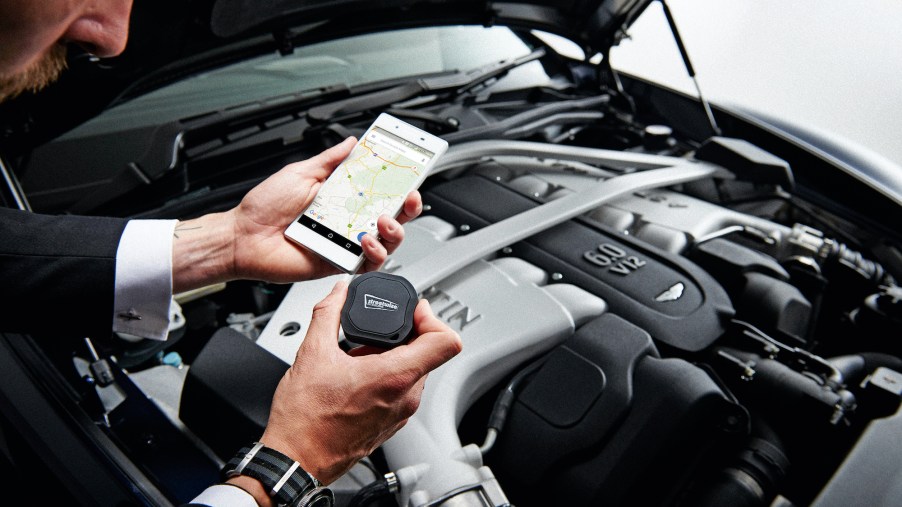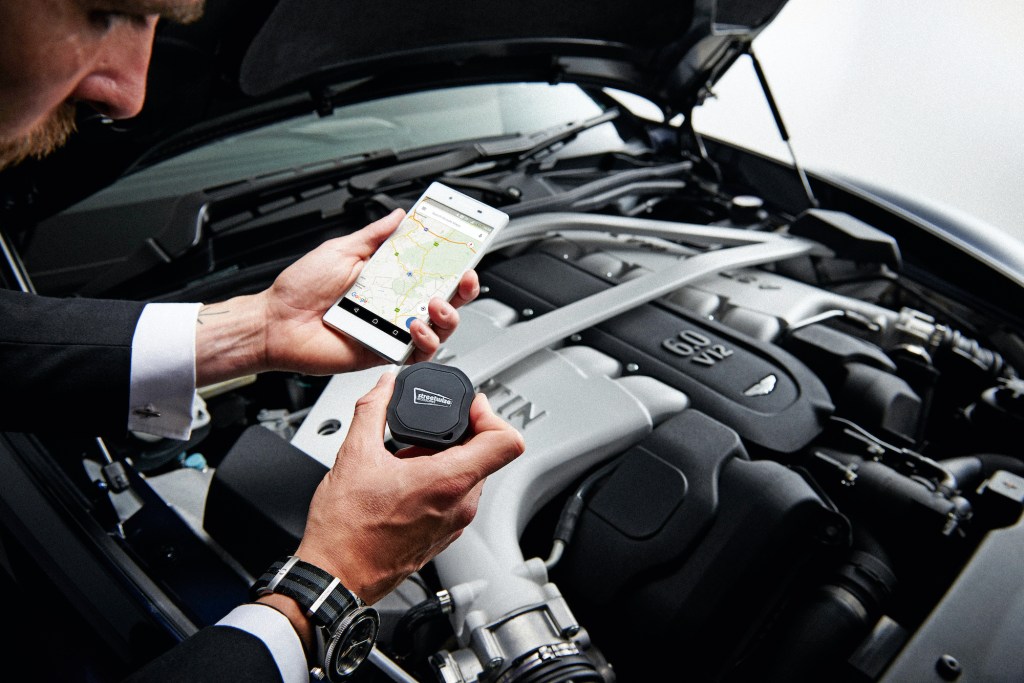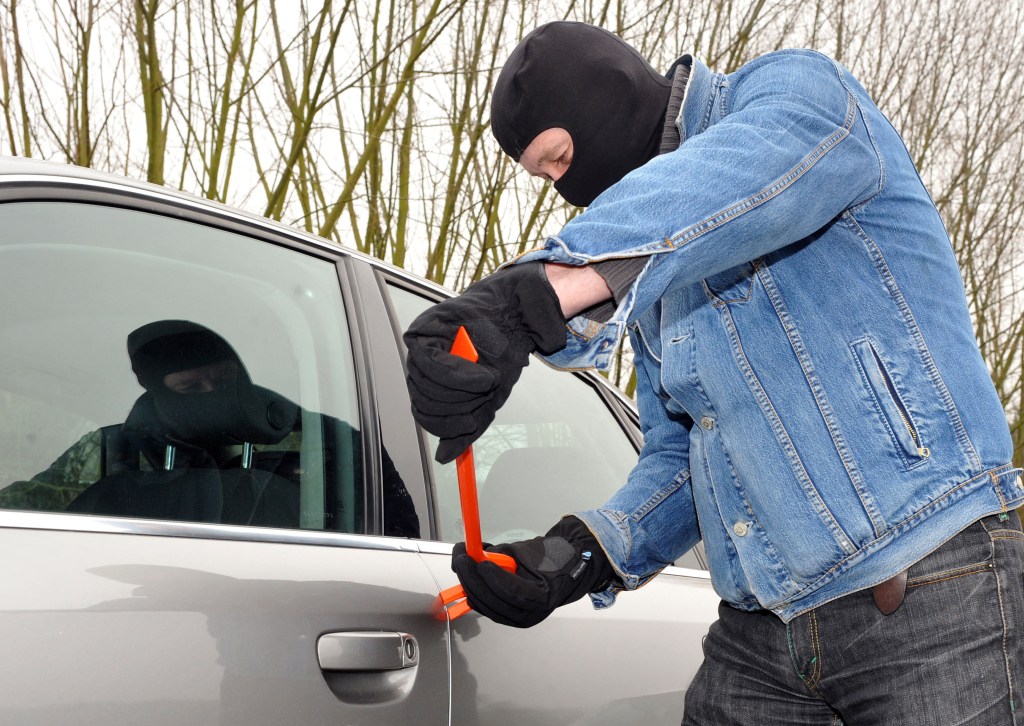
What Is a Stolen Vehicle Recovery System and Does It Actually Work?
When it comes to keeping your car safe at all times, there are a few layers of security that you can add to it. For example, you can add an aftermarket car alarm, a kill switch, a steering wheel lock, or even a stolen vehicle recovery system to ensure that your car stays where you parked it. But do stolen vehicle recovery systems really work and are they worth the money spent?
What is a stolen vehicle recovery system?
Simply put, a stolen vehicle recovery system – also known as a vehicle tracking system or “GPS device” – is a telematics system that allows owners to get their stolen vehicles back, Edmunds notes. The main draw to equipping your vehicles with a stolen vehicle recovery system is that you’ll be to get your stolen vehicle sooner and possibly in better condition, than if you were to rely solely on the police finding it.
Additionally, due to the alleged accuracy of the available stolen vehicle recovery systems on the market, auto insurance companies will typically provide their customers with a 10 percent (or greater) discount on their insurance policies.
Stolen vehicle recovery systems not only provide their users with a sense of security when it comes to their cars, but they can also prove to be effective when it comes to the safety of their kids. For example, many systems can remotely lock and unlock the vehicle and provide GPS tracking so that you know where your car is if you happen to loan it out to someone. Especially if that “someone” happens to be your teenage kid.

How do stolen vehicle recovery systems work?
Most recovery systems operate via a GPS transmitter and cellular technology to track the vehicle and transmit information to the monitoring center. However, one major drawback is that the GPS system requires that three satellites triangulate to locate the car, which can be jammed if the car is parked in a concrete structure or anywhere that’s a “dead spot” for cellular signals.
Systems like Lojack, for example, uses an FM transmitter that radios out to police cars equipped with the system. Due to this technology, Lojack currently has a 90% recovery rate, according to the company’s website, so we can see why it’s been widely used since its inception into the market.
However, there are many other recovery systems like OnStar, BMW Assist, and a Lexus Enform that you opt to subscribe to when you buy your car. Some dealers will also offer other aftermarket recovery systems like Kahu to provide their customers with more security for their brand-new car.

How effective are stolen vehicle recovery systems?
Taking all of the success stories and testimonials from brands like Lojack and Kahu into consideration, it looks like these vehicle recovery systems have a high success rate. Lojack states that it has a 90% success rate, which is fortified by the over 300,000 vehicles that were located worldwide since its invention 25 years ago, according to Torque News.
And when it comes to Kahu, there aren’t as many statistics about it, however, the site does say that it takes about 25 minutes on average to recover a stolen vehicle. That’s pretty good, considering there is a vehicle theft reported every 6.5 minutes, according to the National Insurance Crime Bureau.



